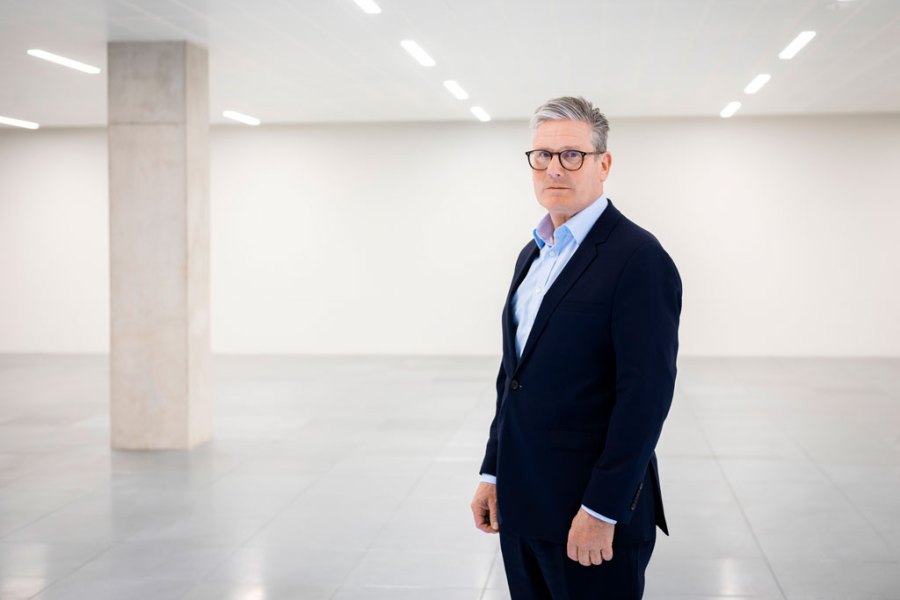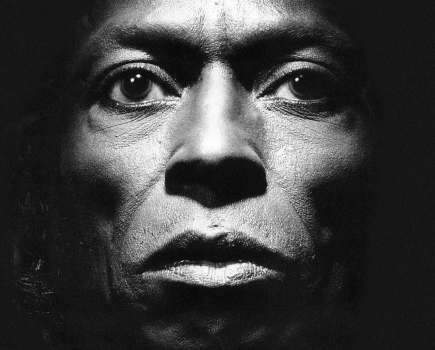Like all celebrity photographers, I know I will be judged by the calibre of my subjects and when I get the opportunity to photograph them. We all want to capture the movers and shakers in any era and though there is a degree of cynicism about politics, Prime Ministers fall into that category.
This was why I had a broad smile when I clicked on the email from The Guardian asking if I was available to shoot Sir Keir Starmer in June this year. I knew he would be Prime Minister and it would be a great opportunity. I was offered the shoot because The Guardian’s picture editor knew time would be limited and I’d had similar time constraints for my recent shoot with Jeremy Clarkson, which had gone well (see AP 23 July).
Challenges
‘I was given just five minutes and 27 seconds, but I managed to get a fair degree of variation in the pictures’
Getting to shoot someone close to the zenith of their career has its challenges. I wanted to photograph Starmer at this time because he would be at the height of his popularity, but the downside is how much time you are given. For this shoot, the picture editor’s assertion that I would get 15 minutes was instantly contradicted by Starmer’s press officer, the otherwise friendly George Mason. He says I’ll get five minutes if I’m lucky.
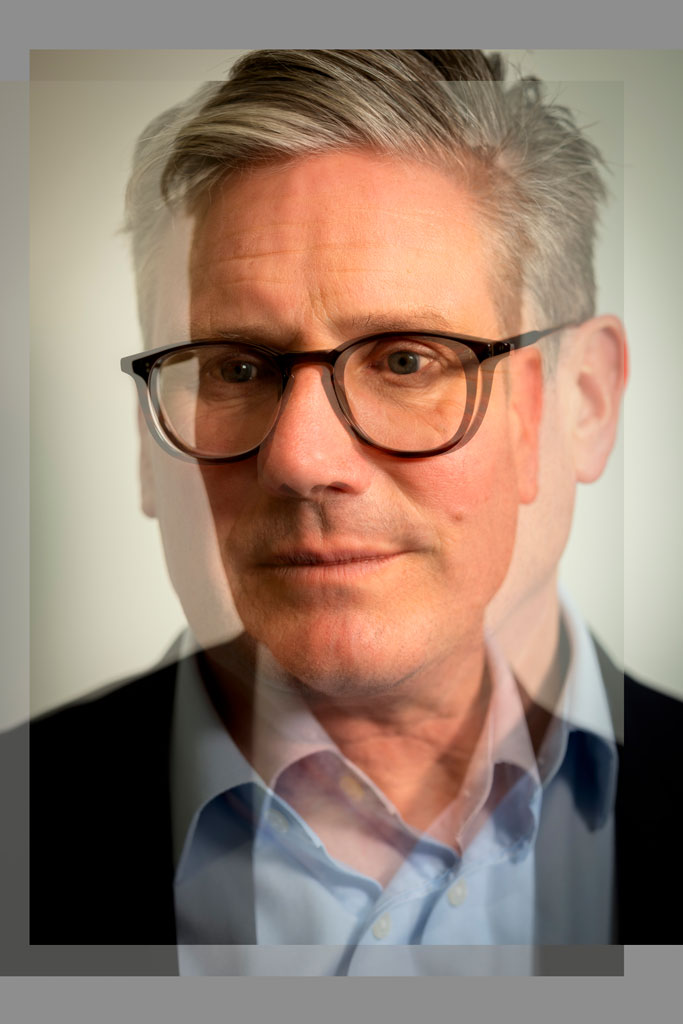
It was just two weeks after Rishi Sunak stood in the rain and called the general election. As we arrived at the newly developed and otherwise unoccupied building in London SE1 that Labour had rented, the tension was palpable. Everyone was terrified of making a gaff, or something unexpected coming to put a spanner in the works.
In the street outside there were long black cars and people nervously talking. I was with my son Fred, who was assisting me and shooting behind-the-scenes video for our YouTube channel. On arrival we were turned away by the burly security guards and told to wait in the local Pret a Manger.
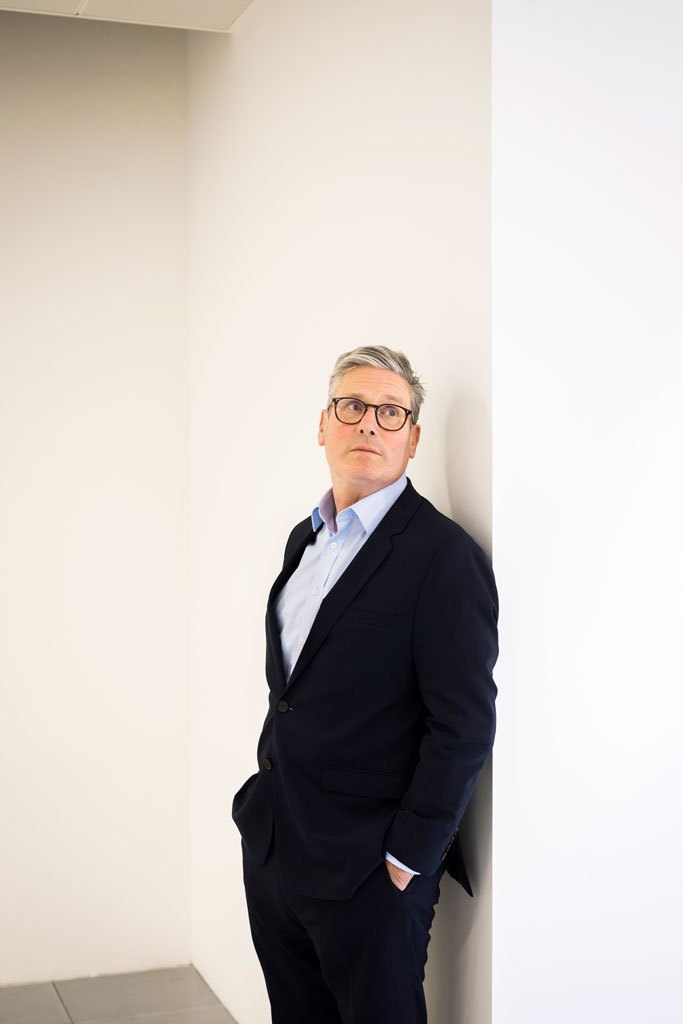
We kept returning to reception and being turned away, but on the third time of asking we were finally let in. I wanted to see where I could shoot, what kind of light I’d be working with. I knew I needed to find a space away from the hullabaloo.
I saw a deserted area in the basement and thought it could be perfect, a ready-made studio. Unfortunately, the receptionist gave me a flat ‘No’. He couldn’t have been less accommodating so I changed tack and asked George if I could take the portrait down there. He said, ‘Why not?’
But while I was setting up, the receptionist and security guard angrily confronted us. They accused me of going behind their back and not taking no for an answer. Of course they were right, so I apologised profusely and explained it would all be over in seconds and that I hoped to capture a historical moment. For some reason, they acquiesced.
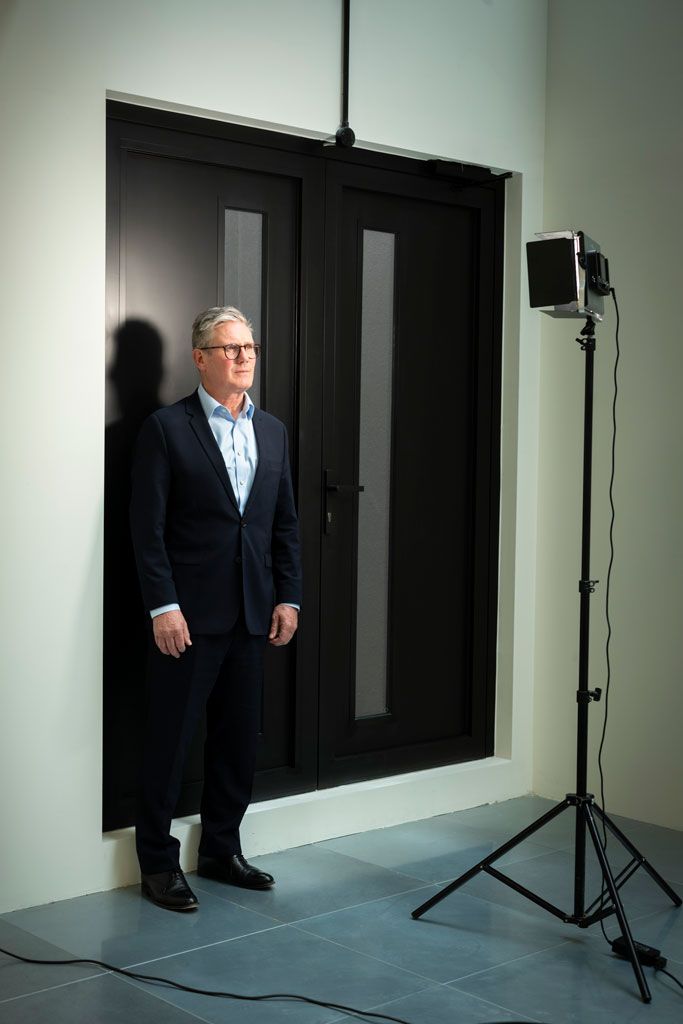
After we had set up, we took the lift to the second floor where the surprisingly young Labour Party staff were ensconced. When Starmer entered the room there was a kinetic energy in the air. He gave a quick speech to boost morale. I could feel my pulse quicken; it was genuinely exciting.
While Starmer was being interviewed, we went back to the basement and waited. Eventually, he arrived. I risked wasting time by giving him a copy of my book Survivor: A Portrait of Survivors of the Holocaust. I knew it might be of interest as his wife is Jewish, and he conveyed a sincere interest in it.
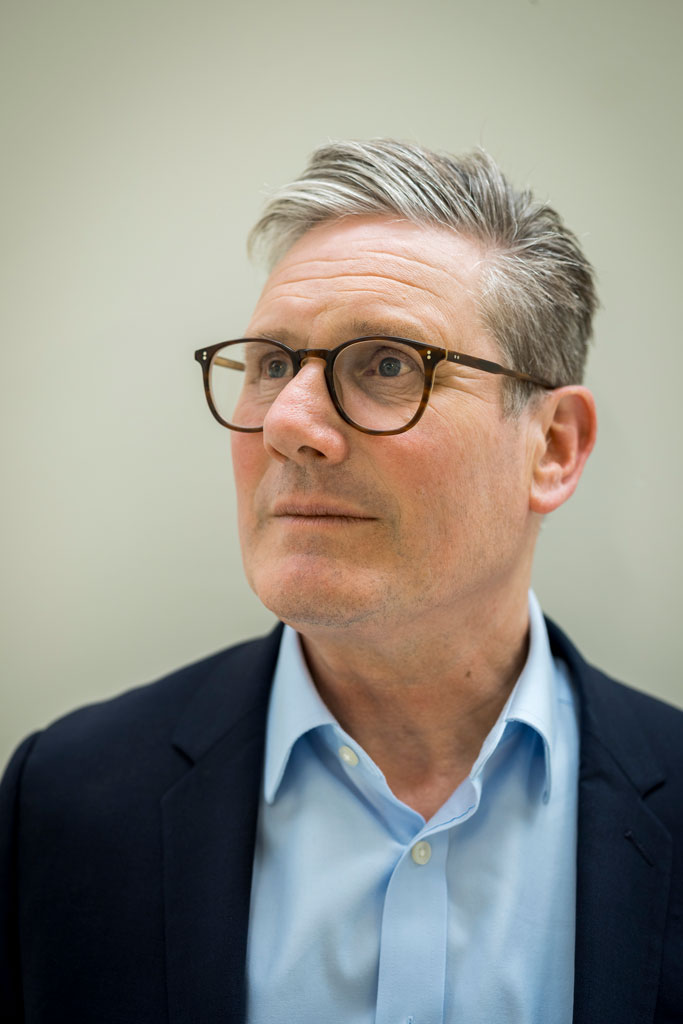
Starmer and I are a similar age and he couldn’t have been nicer during the shoot. Although from looking at the metadata of my files I can see I was given just five minutes and 27 seconds, I managed to get a fair degree of variation in the pictures despite the limited environment.
Everything was shot on my Fuji GFX 50S with two lenses – a Fujinon 45mm f/2.8 and a Fujinon 63mm f/2.8. The images were mostly lit with available light, apart from one set-up, shot with an inexpensive LED light on a stand that I included in one of the images. I finished off with a couple of head-and-shoulders shots which I lit with a small handheld, battery-powered Quantum flash held by Fred.
As he was leaving, Starmer asked me to sign my book, apologised for the brevity of the shoot and then he was gone.
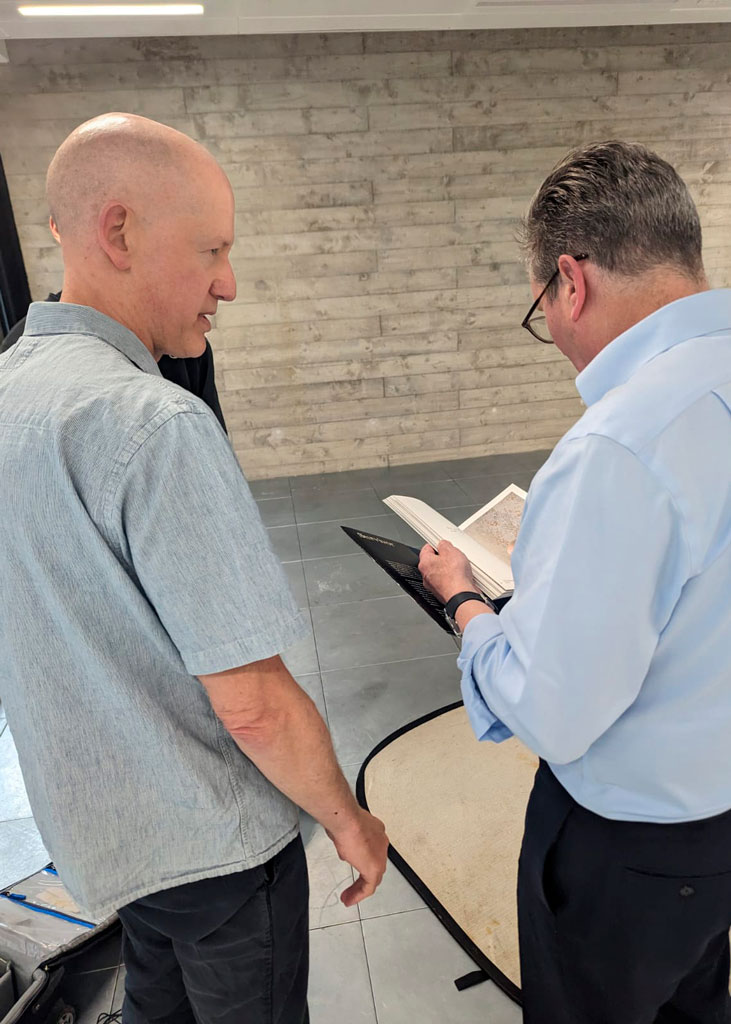
After we’d made the long drive home to Devon I started to panic, thinking I didn’t have enough images. The weakest shots were the ones I’d taken at the end, but I put those two shots together in Photoshop and they combined to make an interesting study. Often, I find that when I’m being playful and messing around, something unusual happens. To my surprise, that’s what ended up on The Guardian Saturday magazine cover, paired with text that said, ‘No Pressure Then… Up Close and Personal with the man who would be PM.’
I was slightly ambivalent about that picture being used on the cover as I didn’t want to imply that Keir was two-faced or confused in any way. However, it did have an interesting, ambiguous quality and was very unlike anything I’d ever done before.
Looking back on my portraits of Prime Ministers, on the whole I’m happy with the ones I’ve made of Thatcher, Blair, Brown, Cameron and even Johnson. I don’t really care that I didn’t get to shoot May, Sunak or Truss. I am, however, pleased to add Starmer to my roll call of Prime Ministers. Let’s hope he doesn’t disappoint.
As told to David Clark
Harry Borden
Harry Borden is one of the UK’s finest portrait photographers. He has won prizes at the World Press Photo Awards (1997 and 1999) and was awarded an Honorary Fellowship by the Royal Photographic Society in 2014. The National Portrait Gallery collection holds over 100 of his images. He tells the stories behind dozens of his celebrity shoots on www.youtube.com/@fredandharryborden
Related reading:
Follow AP on Facebook, Twitter, Instagram, YouTube and TikTok.

